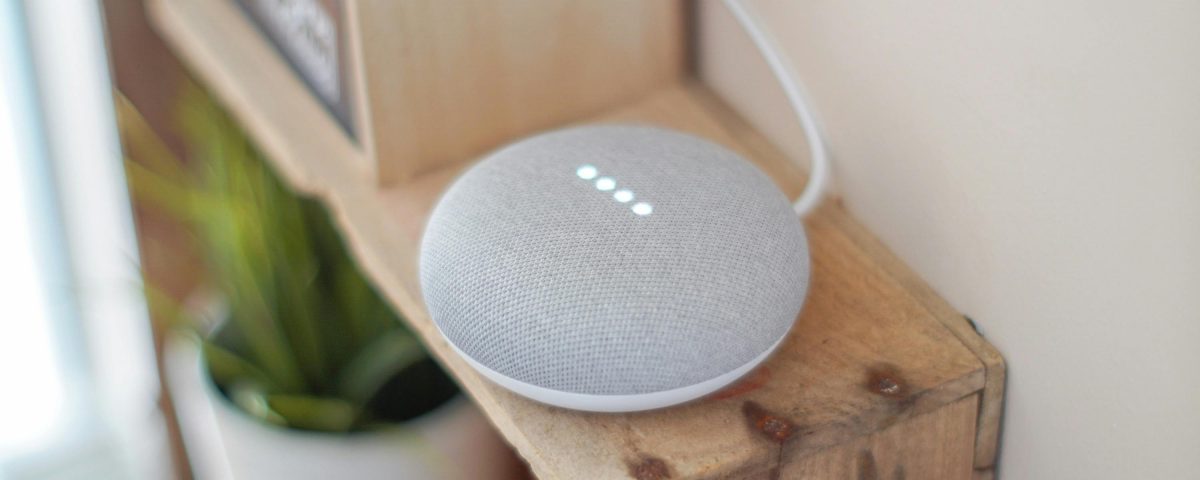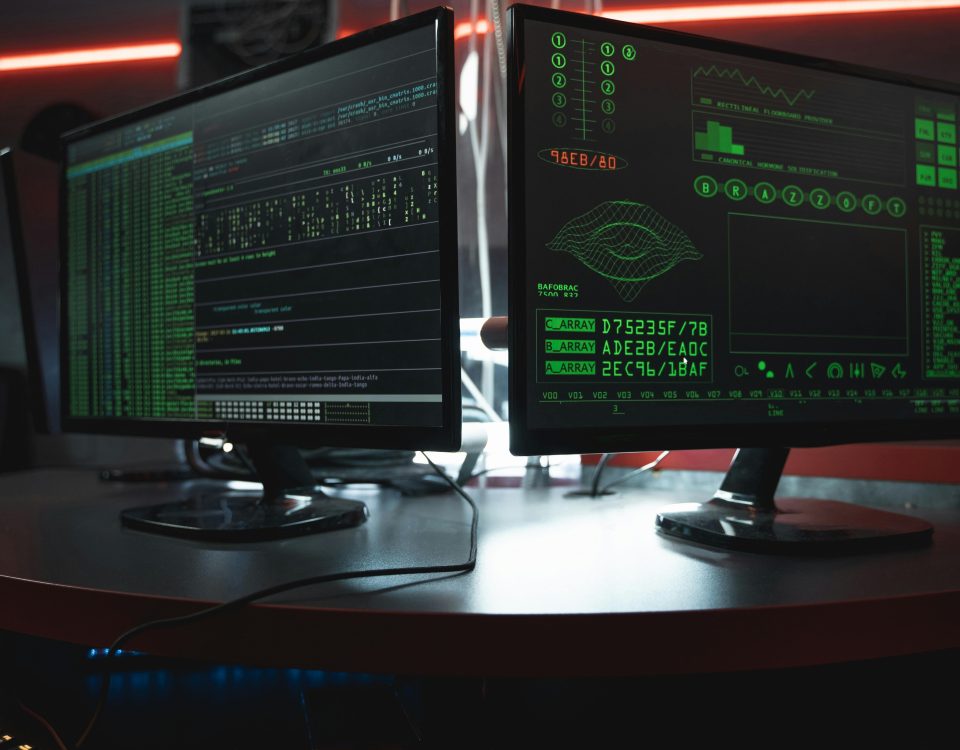The Use of IoT Devices in Everyday Life

Happy Holidays!
December 9, 2024
The Key Steps to Planning I.T. Projects
December 26, 2024The Internet of Things (IoT) has rapidly transformed the way we live, work, and interact with technology. By connecting everyday objects to the internet, IoT devices enable seamless communication, automation, and data exchange, making our lives more convenient, efficient, and informed. From smart homes to healthcare, transportation, and beyond, IoT is becoming an integral part of daily life.
1. Smart Homes
One of the most visible applications of IoT technology is in smart homes. Devices like smart thermostats, lighting systems, security cameras, and voice assistants such as Amazon Alexa and Google Assistant are now commonplace. These gadgets allow users to automate tasks, control devices remotely, and monitor their homes in real time.
- Smart Thermostats: IoT-enabled thermostats like the Nest or Ecobee can learn your schedule, adjust temperature settings automatically, and help reduce energy consumption.
- Lighting Systems: Smart lighting, such as Philips Hue, allows users to control lights via their smartphone, set schedules, and even change the color of lights to suit their mood or environment.
- Home Security: IoT devices like Ring doorbells and smart security cameras enable homeowners to monitor their property from anywhere, offering peace of mind and enhanced safety.
- Voice Assistants: Devices like Amazon Echo or Google Home can control other smart devices, play music, provide information, and even assist in daily routines like setting reminders or shopping lists.
2. Wearable Technology
Wearable devices, powered by IoT, have revolutionized personal health and fitness. Smartwatches and fitness trackers, such as Fitbit and Apple Watch, provide users with real-time data on their physical activity, heart rate, sleep patterns, and more. These devices often integrate with health apps to offer personalized insights and recommendations.
- Fitness Tracking: Wearables monitor steps, calories burned, and physical activity, encouraging users to stay active and meet fitness goals.
- Health Monitoring: IoT wearables can track vital signs like heart rate, blood pressure, and oxygen levels. Some even include features like fall detection or electrocardiogram (ECG) monitoring, which can alert healthcare professionals in case of abnormalities.
- Sleep Tracking: Many wearables provide insights into sleep quality, helping users improve their rest by analyzing sleep stages and patterns.
3. Healthcare
The healthcare industry has seen significant advancements with the integration of IoT devices. These devices enable remote patient monitoring, streamline medical data collection, and support telemedicine services, improving healthcare delivery and patient outcomes.
- Remote Monitoring: IoT medical devices like blood glucose monitors, heart rate sensors, and connected inhalers allow healthcare providers to monitor patients’ health conditions remotely. This reduces the need for frequent hospital visits and enables early intervention in case of health issues.
- Smart Pills: Some IoT-enabled pills are equipped with sensors that transmit data after being swallowed, helping doctors track medication adherence and the effectiveness of treatment.
- Telemedicine: IoT devices facilitate telemedicine by enabling real-time communication between doctors and patients, offering consultations and diagnoses without the need for in-person visits.
4. Smart Transportation
IoT has also transformed the transportation sector, enhancing how we travel and commute. IoT devices make traveling safer, faster, and more efficient, from connected cars to smart public transportation systems.
- Connected Cars: Modern vehicles come equipped with IoT technology, allowing features like GPS navigation, real-time traffic updates, and advanced driver assistance systems (ADAS). These systems can enhance safety by providing collision alerts, lane departure warnings, and even autonomous driving capabilities.
- Vehicle Maintenance: IoT sensors in vehicles can monitor performance, alert drivers to potential issues, and schedule maintenance, reducing the likelihood of breakdowns and accidents.
- Smart Public Transportation: IoT is helping cities implement smart transportation systems by providing real-time data on bus and train schedules, enabling commuters to plan their trips efficiently.
5. Retail and Shopping
In retail, IoT is reshaping how consumers shop and interact with brands. Connected devices help retailers track inventory, manage supply chains, and deliver personalized shopping experiences.
- Smart Shelves and Inventory Management: Retailers use IoT-enabled smart shelves to track product availability, ensuring that popular items are always in stock. This reduces the risk of inventory shortages and helps streamline supply chains.
- Personalized Marketing: IoT devices can gather data on consumer preferences and shopping habits, allowing retailers to send targeted promotions and offers to individual customers.
- Smart Payment Systems: Contactless payment systems, like Apple Pay and Google Wallet, are increasingly integrated with IoT devices, making transactions faster and more secure.
6. Agriculture
In agriculture, IoT devices play a crucial role in improving crop yields, reducing resource waste, and promoting sustainable farming practices.
- Smart Irrigation Systems: IoT-based irrigation systems use sensors to monitor soil moisture levels and weather conditions, automatically adjusting water usage based on crop needs. This helps conserve water and optimize crop growth.
- Livestock Monitoring: IoT devices can track the health and location of livestock, allowing farmers to monitor their animals remotely and identify potential health issues early.
- Environmental Monitoring: IoT sensors can gather data on environmental factors like temperature, humidity, and pest activity, helping farmers make informed decisions about planting, harvesting, and pesticide use.
7. Energy Management
IoT devices are widely used in energy management systems, helping individuals and businesses optimize energy usage, reduce costs, and promote sustainability.
- Smart Meters: These IoT devices monitor energy consumption in real time, providing detailed insights into usage patterns and enabling users to adjust their habits to save on electricity bills.
- Smart Grids: IoT technology supports the development of smart grids, which can dynamically manage energy distribution, integrate renewable energy sources, and reduce power outages.
- Energy-Efficient Appliances: Many modern appliances, such as refrigerators, washing machines, and HVAC systems, come with IoT features that allow users to monitor and control their energy consumption.
A More Connected Future
The integration of IoT devices into everyday life has brought about significant improvements in convenience, efficiency, and connectivity. From smart homes and healthcare to transportation, retail, agriculture, and energy management, IoT is transforming how we live and interact with our environment. As IoT technology continues to evolve, its role in shaping a more connected and sustainable future will only grow, making our lives even more interconnected and intelligent.


